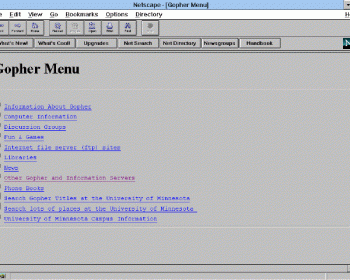Category: 1991
Pretty Good Privacy (PGP)
PGP was developed by Phillip Zimmermann in 1991 to provide cryptographic privacy and authentication. After it’s initial release, it was enormously pouplar, spawning a government investigation when it spread beyond U.S. borders on the internet. Since it’s inception there have been several versions and it is by far one of…
Linux

In 1991 Linus Torvalds creates Linux, an offshoot of Unix. An outgrowth of the open source software movement, he developed the operating system specifically for use on personal computers. Based on the GNU kernel developed by programmer Richard Stallman, who advocated making source code freely available, it slowly caught on…
EICAR

European Institute for Computer Anti-Virus Research · Combines universities, industry, media, technical, security, and legal experts from civil and military government and law enforcement as well as privacy protection organizations whose objectives are to unite non-commercial efforts against writing and proliferation of malicious code like computer viruses or Trojan Horses,…
HTML
Tim Berners-Lee
Pretty Good Privacy (PGP)
PGP was developed by Phillip Zimmermann in 1991 to provide cryptographic privacy and authentication. After it’s initial release, it was enormously pouplar, spawning a government investigation when it spread beyond U.S. borders on the internet. Since it’s inception there have been several versions and it is by far one of…
Linux

In 1991 Linus Torvalds creates Linux, an offshoot of Unix. An outgrowth of the open source software movement, he developed the operating system specifically for use on personal computers. Based on the GNU kernel developed by programmer Richard Stallman, who advocated making source code freely available, it slowly caught on…
EICAR

European Institute for Computer Anti-Virus Research · Combines universities, industry, media, technical, security, and legal experts from civil and military government and law enforcement as well as privacy protection organizations whose objectives are to unite non-commercial efforts against writing and proliferation of malicious code like computer viruses or Trojan Horses,…



